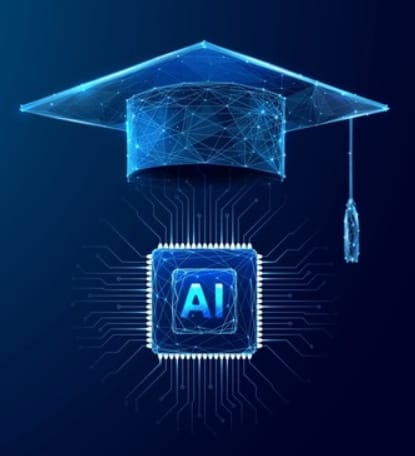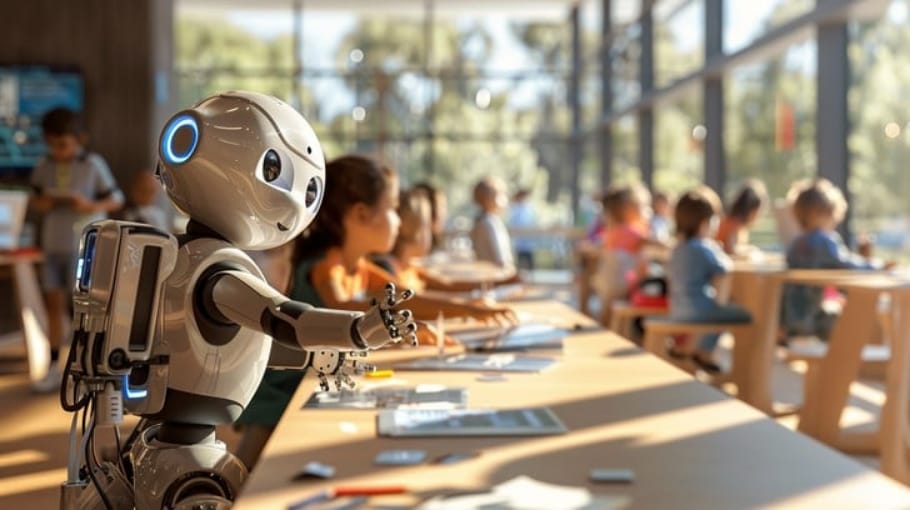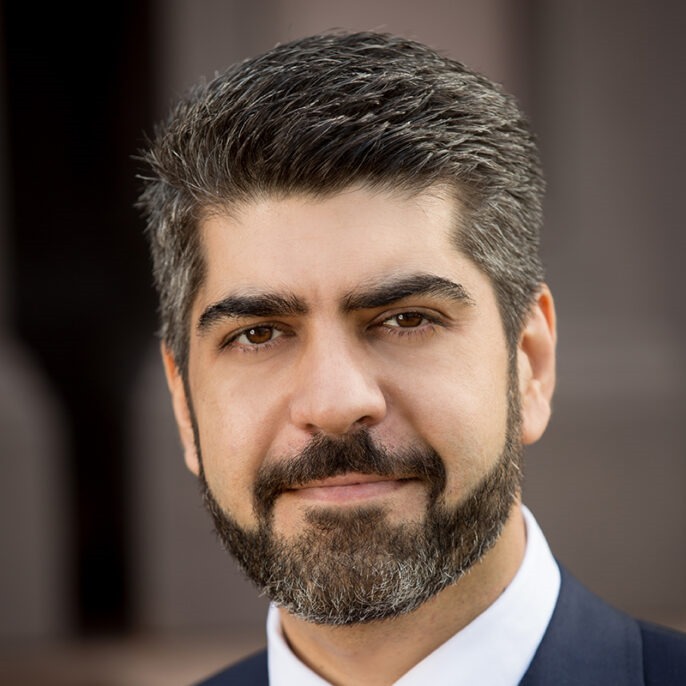Education and AI: Recipe for Disaster or Long-Awaited Revolution?
August 25, 2025

The Outlier is back! We have a new look, new ideas and whole new host of unexpected insights to keep you informed about what is happening in the world around us. Each month, a specific theme will be followed. We are starting with AI for August, Nutrition for September and Climate Change and Water for October, with more to come. We hope you enjoy this exciting new chapter. We present to you some myths and the facts to challenge them in this new age of AI.
Education is a subject that is constantly evolving and adapting to its environment, especially when it comes to new and exciting technologies. Join us as we explore some of the possibilities of AI and its effects on education, particularly in Pakistan.
Education and AI: Recipe for Disaster or Long-Awaited Revolution?
By: Sabeen Rizvi
The emergence of MOOCs (Massive Open Online Courses) was once heralded as a revolution in education that would render many universities irrelevant. However, the opposite turned out to be the case. Instead, universities are more sought after than ever. Students at all income levels find themselves giving up a great deal of their spare time to chase the ideal college resume.
Meanwhile, universities at all levels are increasing their fees, reducing funding for needy students and increasingly marketing to wealthy students who can afford to pay full fees (and spend around campus). Schooling, too, has become increasingly expensive and rapidly privatized in many parts of the world, further raising costs for students and families. In this arena, AI has emerged as a new challenger to the education system at large. This time, there’s an added layer of complexity: AI’s impact on the workplace. Several reports are claiming that entry-level jobs will be either drastically reduced or completely wiped out by the new models coming out today and beyond.
How will Pakistan be affected by all of this, from an educational standpoint? Pakistan’s education system has serious gaps, with an estimated 22.8 million children aged 5-16 out-of-school (OOSC). Multiple NGOs have sprung up in various parts of Pakistan, such as The Citizens Foundation, Garage School, Kiran Foundation and countless others. However, there aren’t enough schools to meet the needs of the poorer population. Public-Private Partnerships (PPP) are also set up in some areas, particularly Sindh, with varying results. Public schools are known to be of varying to very low quality, leaving many students and families behind. The best schools in Pakistan also have their own concerns, with ‘Tuition Culture’ being common among students, who pay added fees to make up for quality gaps at even the best schools. AI is set to disrupt multiple areas of the educational landscape in Pakistan.
1. Tuition Culture

The first and potentially most significant change could occur at the private school level. It wouldn’t be entirely surprising that the wealthiest section of society reaps the earliest benefits of a powerful technology. Many students are reportedly using ChatGPT already, as has been reported elsewhere. However, that may not be the best strategy for exams, where access is restricted. Enter: the AI Tutor. There are countless tutoring companies cropping up around the world, such as Squirrel AI, Carnegie Learning, Querium, Century Tech, Riiid, Third Space Learning, Knewton, Synthesis Tutor, and even existing platforms, such as ChatGPT’s study mode, which use artificial intelligence to provide personalized learning.
Imagine a 24/7 tutor, who is responsive, friendly and, more importantly, hyper-aware of all the areas where you need support and growth. COVID-19 lockdowns have already given students some familiarity with studying via digital means, so there wouldn’t be much hesitation in trying a new method. Provided the pricing is competitive, students may be able to improve their performance considerably, simply by having a tutor who knows all and never gets tired (or frustrated). If successful, this could have the strongest positive effects on middle class students without the means to hire expensive tutors, as well as neurodivergent students who may not be able to get adequate time from traditional tutors. Of course, these are very new technologies, so it’s possible they don’t succeed or even end up being detrimental to students. However, signs are encouraging enough to hope that the outcome is positive instead.
2. Public-Private Partnerships
Some provinces have taken cautious steps toward a Public-Private Model, particularly Sindh, which has developed a partnership with private organisations, that run local public schools. This is done with consistent monitoring and evaluation, to ensure that certain Key Performance Indicators are met. Currently, teaching is being done with traditional methods. With the advent of AI companies, there can be a supplementation of current methods with AI options, such as: AI tutors, administration and some testing/information-gathering can be done with AI assistance as well. This would save time and money if done well. Education technology (EdTech) companies like Taleemabad, Maqsad, and Sabaq are using AI and digital tools to make learning easier and more engaging for students. These apps offer lessons in Urdu, quizzes, and even cartoons. These can be incorporated with the existing model, to deliver value to children at all income and learning levels.
3. The Global Perspective
Currently, looking at all the changes heralded by ChatGPT alone, it is likely that there will be a continuing transformation across Pakistan and the world at large. AI will be chosen for jobs previously done by people, which is already happening in some fields. Students will have to incorporate AI into their study routines, just to keep up with the productivity of other students using AI for their own educational attainment. With all this taken into consideration, students will also have to understand how to navigate the coming changes, expected and unforeseen. One thing is chillingly certain, all of this will likely happen faster than can be predicted, and the coming generations will need to be extremely quick to adapt to the ever-shifting reality created by our New AI Normal




